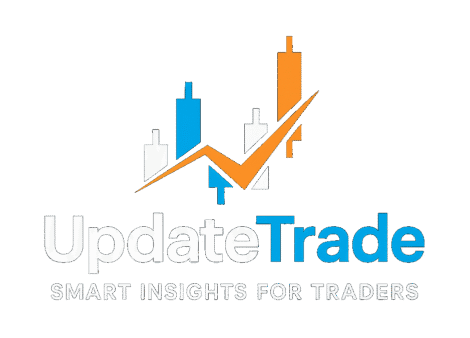Deutsche Bank has lifted its 2026 gold forecast, citing a rare alignment of structural and technical forces that continue to push the metal beyond historical patterns.
- The bank now expects gold to reach US$4,450/oz in 2026, up from its previous US$4,000/oz projection,
- and sees the trading range widening to US$3,950–4,950/oz.
Analysts said gold’s performance is increasingly breaking from long-standing norms, noting that its outperformance relative to the US dollar now rivals a record set only last year. They also highlight that the projected 2025 trading range is the widest since 1980, a signal of elevated two-way volatility and persistent structural demand.
Deutsche Bank points to several supportive factors.
- Investor flows have stabilised,
- technical signals suggest the positioning clean-out is complete,
- and third-quarter supply-demand data shows central banks remain significant net buyers.
Structural demand remains “inelastic,” the bank said, with continued reserve-manager accumulation and ETF allocation diverting supply away from jewellery markets at a time when overall demand continues to outpace available supply.
However, the bank emphasised that risks remain.
- Gold’s tendency to trade positively with risk assets means a deeper equity-market correction could be damaging.
- Deutsche Bank’s house view also anticipates less Fed easing in 2026 than markets expect (–50bps versus –93bps), which would temper the bullish case.
- A negotiated end to the Russia-Ukraine war could temporarily weigh on prices, and reserve managers may eventually slow their pace of buying. Historically, sharp increases in real gold prices have often been followed by significant retracements.
This article was written by Eamonn Sheridan at investinglive.com.

